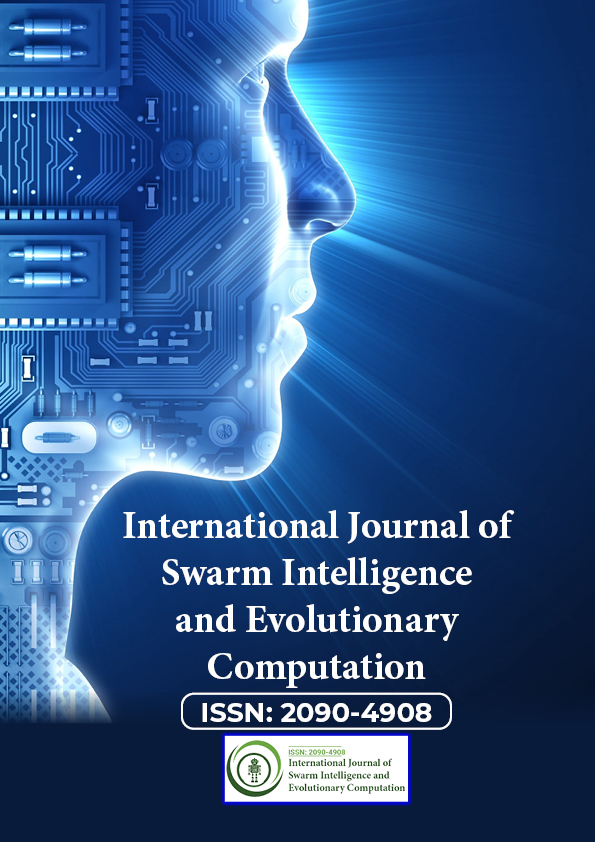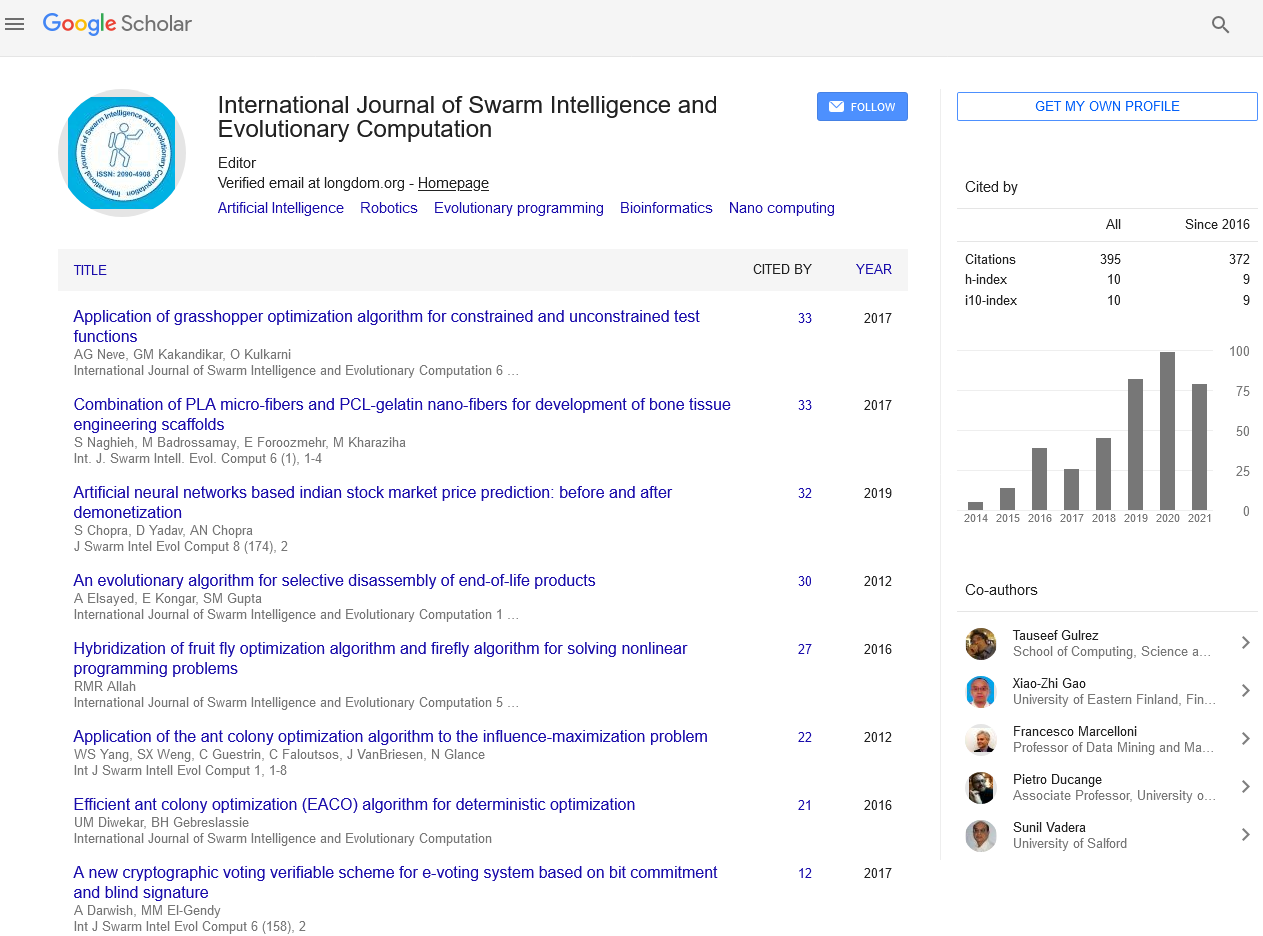Indexed In
- Genamics JournalSeek
- RefSeek
- Hamdard University
- EBSCO A-Z
- OCLC- WorldCat
- Publons
- Euro Pub
- Google Scholar
Useful Links
Share This Page
Journal Flyer

Open Access Journals
- Agri and Aquaculture
- Biochemistry
- Bioinformatics & Systems Biology
- Business & Management
- Chemistry
- Clinical Sciences
- Engineering
- Food & Nutrition
- General Science
- Genetics & Molecular Biology
- Immunology & Microbiology
- Medical Sciences
- Neuroscience & Psychology
- Nursing & Health Care
- Pharmaceutical Sciences
Editorial - (2021) Volume 10, Issue 2
Robotic Process Automation Emulates and Integrates the Actions of a Person's Interacting Within Digital Systems
Grace Joshua*Received: 02-Feb-2021 Published: 25-Feb-2021, DOI: 10.35248/2090-4908.21.10.e202
Description
Robotic Process Automation is that the technology that enables anyone today to configure computer software, or a “robot”. RPA robots utilize the program to capture data and manipulate applications similar to humans do. They interpret, trigger responses and communicate with other systems so as to perform on an enormous style of repetitive tasks. In contrast to other, traditional IT solutions, RPA allows organizations to automate at a fraction of the price and time previously encountered. RPA is additionally non-intrusive in nature and leverages the present infrastructure without causing disruption to underlying systems, which might be difficult and expensive to exchange.
The typical benefits of robotic automation include reduced cost; increased speed, accuracy, and consistency; improved quality and scalability of production. Automation also can provide extra security, especially for sensitive data and financial services. It’s considered to be a big technological evolution within the sense that new software platforms are emerging which is sufficiently mature, resilient, scalable and reliable to form this approach viable to be used in large enterprises. A principal barrier to the adoption of self-service is commonly technological: it should not always be feasible or economically viable to retro-fit new interfaces onto existing systems. Moreover, organizations might need to layer a variable and configurable set of process rules on top of the system interfaces which can vary per market offerings and therefore the sort of customer.
The scalability of recent solutions supported architectures like these owes much to the arrival of virtualization technology, without which the scalability of huge deployments would be limited by available capacity to manage physical hardware and by the associated costs. The implementation of RPA in business enterprises has shown dramatic cost savings in comparison to traditional non-RPA solutions. There are however several risks with RPA. Criticism include risks of stifling innovation and creating a more complex maintenance environment of existing software that now must consider the employment of graphical user interfaces in an exceedingly way they weren't intended to be used.
Technological advancements and enhancements around AI technologies are making it easier for businesses to require advantage of the advantages of RPA without dedicating an oversized take into account development work. Back office clerical processes outsourced by large organizations - particularly those sent offshore - tend to be simple and transactional in nature, requiring little (if any) analysis or subjective judgement. This is able to seem to form a perfect start line for organizations getting down adopting robotic automation for the rear office. Conversely however, a BPO provider may seek to affect some kind of client lock-in by means of automation. By removing cost from a business operation, where the BPO provider is taken into account to be the owner of the material possession and physical implementation of a robotic automation solution (perhaps in terms of hardware, ownership of software licences, etc.), the provider can make it very difficult for the client to require a process back "in house" or elect a replacement BPO provider.
Data migration/entry and forms processing: Employees are often required to tug relevant information from legacy systems so as to own the info available for newer systems. RPA can support this manual process and complete it without introducing human error.
Onboarding employees: RPA provides the right solution to make sure that each employee is on boarded in line with the established process which they receive all the data required to adjust to company guidelines.
Scheduling systems: Online scheduling of patients for healthcare appointments is enhanced with RPA technology. Bots can gather all patient details like insurance information, appointment request, location preferences and more to create appointment scheduling more efficient.
Citation: Joshua G (2021) Robotic Process Automation Emulates and Integrates the Actions of a Person's Interacting Within Digital Systems. Int J Swarm Evol Comput. 10:e202.
Copyright: © 2021 Joshua G. This is an open-access article distributed under the terms of the Creative Commons Attribution License, which permits unrestricted use, distribution, and reproduction in any medium, provided the original author and source are credited.


